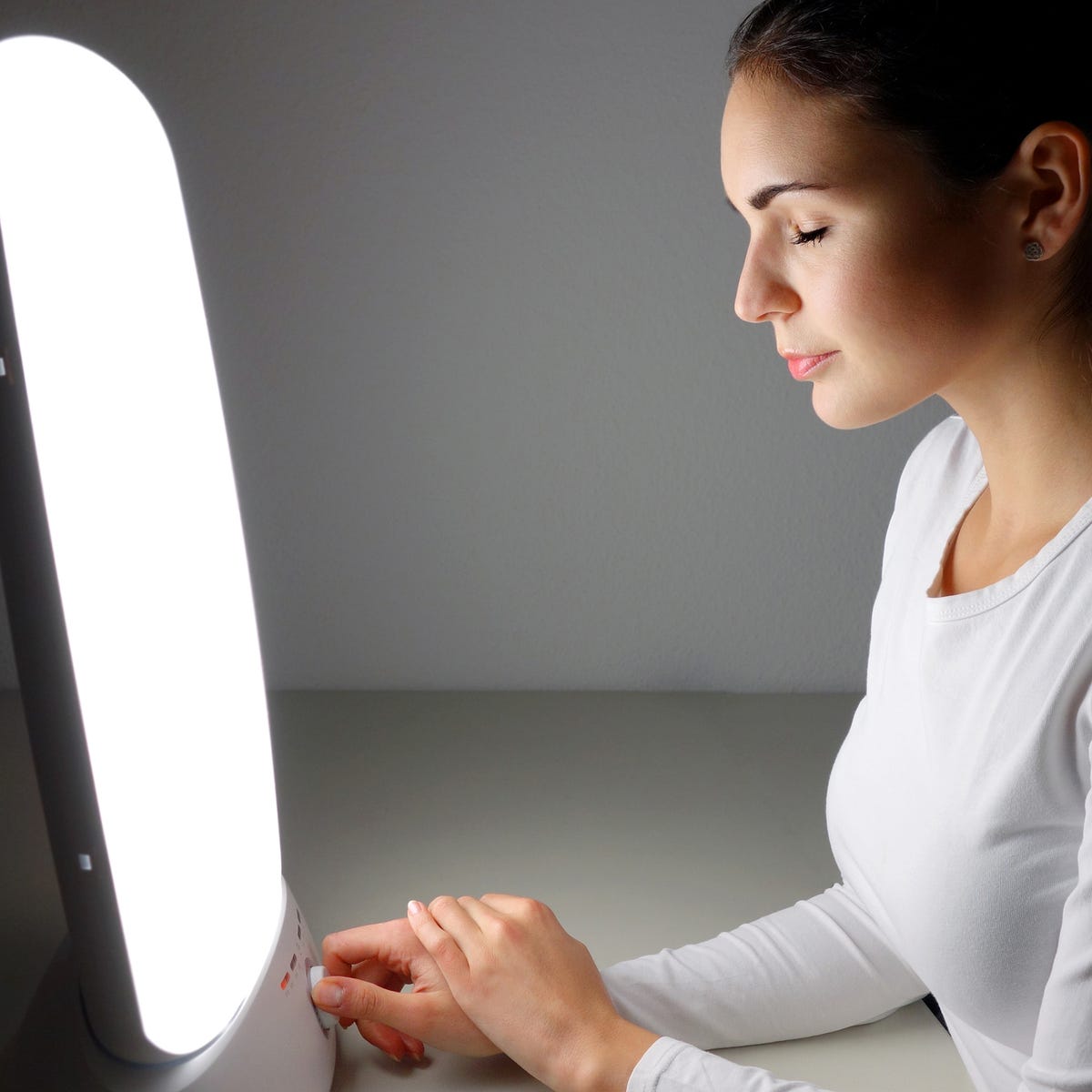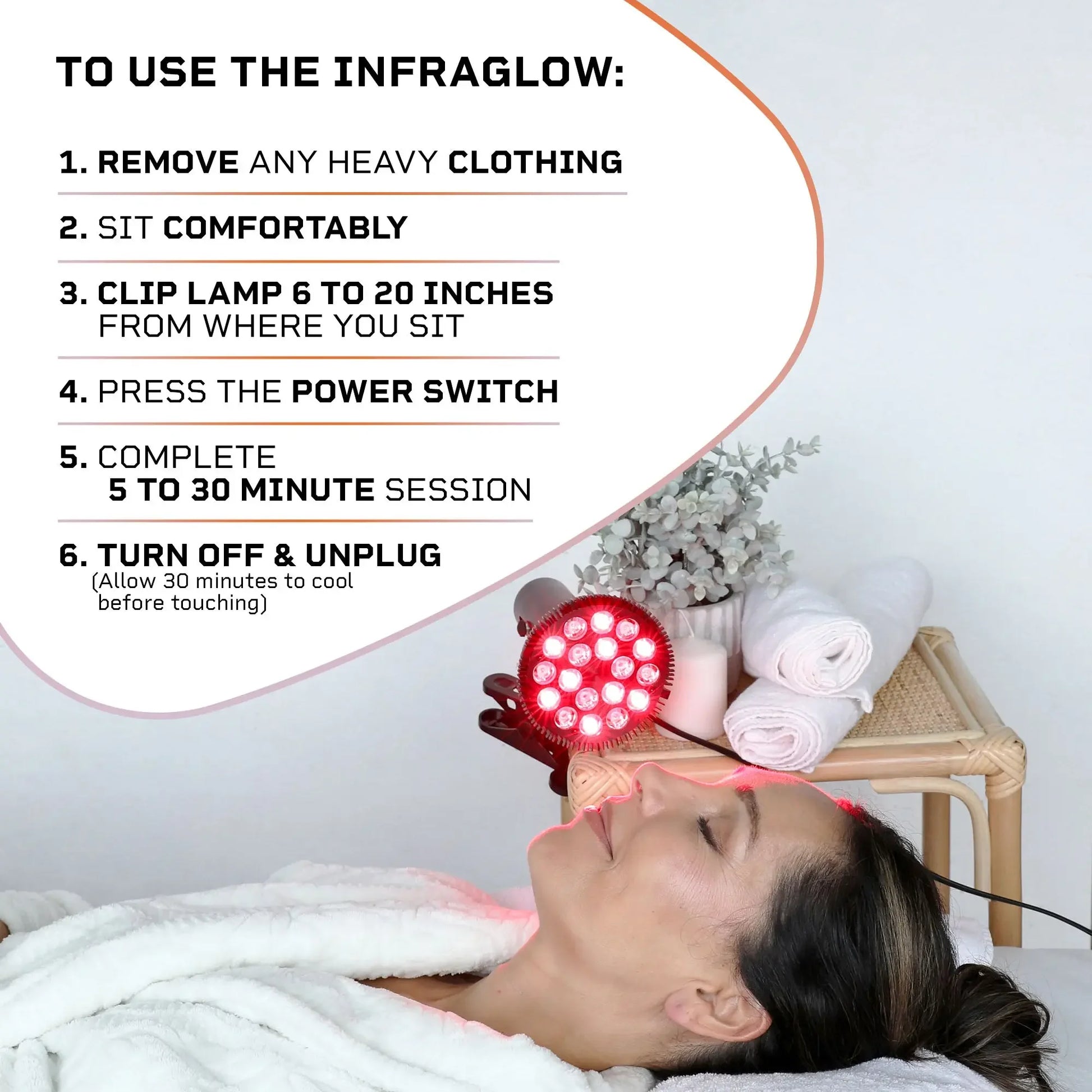Thorough Insights into PBM Therapy for Pain Administration
Wiki Article
Unlocking the Prospective of Photobiomodulation: A Promising Approach for Restorative Treatment
Are you interested concerning the possibility of photobiomodulation for restorative intervention? By targeting certain cellular processes, photobiomodulation has revealed possible in increasing injury recovery, decreasing pain, and promoting tissue regeneration. In this introduction, we will discover the mechanisms of action, applications in medicine, and the present evidence supporting the efficacy of photobiomodulation.Comprehending Photobiomodulation
To recognize photobiomodulation, you require to comprehend the principle of how light treatment can straight influence mobile procedures in your body. Photobiomodulation, likewise recognized as low-level light treatment, is a non-invasive therapy that uses particular wavelengths of light to boost biochemical reactions in your cells.The restorative effects of photobiomodulation are far-ranging and have been researched extensively in different clinical fields. It has actually revealed appealing outcomes in promoting tissue fixing and regeneration, lowering inflammation, relieving pain, and boosting wound healing. In addition, photobiomodulation has been discovered to have a favorable effect on neurological problems, such as traumatic brain injury and stroke, by boosting neural activity and promoting neuroplasticity.
Among the vital advantages of photobiomodulation is its security account. Unlike other treatments, photobiomodulation does not trigger or generate any warm cells damages. It is a non-invasive and painless procedure that can be done in a clinical setup or perhaps in the comfort of your own home with using portable tools. It is vital to note that photobiomodulation should be provided by qualified experts or according to the supplier's directions to make sure optimum results and safety.

Devices of Action
In understanding the devices of action, you will uncover just how photobiomodulation directly influences cellular procedures via specific biochemical responses. When light is put on the body, it is soaked up by chromophores, such as cytochrome c oxidase and flavins, which exist in the mitochondria. This absorption brings about a waterfall of occasions that eventually lead to cellular changes.Photobiomodulation enhances the task of cytochrome c oxidase, a critical enzyme in the mitochondria that is entailed in the electron transportation chain. As a result, mobile metabolic rate is enhanced, promoting tissue fixing and regrowth.
In addition, photobiomodulation has actually been shown to modulate cellular signaling paths. It activates various growth elements and signaling molecules, such as nitric oxide and reactive oxygen species, which play crucial roles in processes like cell, angiogenesis, and swelling expansion. These signaling pathways add to the therapeutic effects of photobiomodulation, advertising cells healing and lowering discomfort and swelling.
Applications in Medicine
Discover the considerable applications of photobiomodulation in medication. Photobiomodulation, likewise called low-level light treatment, is a non-invasive therapy that uses light to advertise and boost cellular procedures healing. In medicine, this strategy has actually shown appealing results across different fields.One of the primary applications of photobiomodulation is in discomfort monitoring. photobiomodulation therapy. It has actually been used to reduce both persistent and intense pain, consisting of bone and joint problems, neuropathic discomfort, and post-operative discomfort. By targeting the damaged area with particular wavelengths of light, photobiomodulation can reduce inflammation, promote tissue repair, and give alleviation
Additionally, photobiomodulation has revealed possible in injury healing. It can increase the healing process by boosting cell spreading, promoting angiogenesis, and reducing mark cells development. This has substantial ramifications in the treatment of persistent wounds, such as diabetic person ulcers and pressure sores.
In dermatology, photobiomodulation has been made use of for its regenerative and anti-inflammatory impacts. It can enhance the look of marks, minimize acne sores, and stimulate hair development in conditions like androgenetic alopecia.
Additionally, photobiomodulation has actually revealed promise in neurorehabilitation. It can enhance cognitive function, boost motor healing, and help in the treatment of neurodegenerative diseases like Alzheimer's and Parkinson's.
Medical Evidence and Research Study Searchings For

In the area of musculoskeletal conditions, photobiomodulation has been discovered to lower discomfort and inflammation, improve variety of movement, and accelerate cells repair work. Furthermore, photobiomodulation has actually revealed favorable results on injury healing by advertising collagen synthesis, angiogenesis, and fibroblast proliferation.
Moreover, research has shown that photobiomodulation can have neuroregenerative and neuroprotective impacts. It has been discovered to boost cognitive feature, decrease neuroinflammation, and enhance neuronal survival and synaptic plasticity. This has vital implications for the treatment of neurological conditions such as Alzheimer's disease, Parkinson's disease, and stroke.
Future Directions and Prospective Challenges
Progressing, it is very important to think about the possible obstacles and future directions surrounding using photobiomodulation as a therapeutic intervention. One vital future instructions is the expedition and optimization of application parameters. Currently, there is no agreement on the optimal wavelength, intensity, period, and frequency of photobiomodulation therapy. Additional study is needed to recognize the dose-response partnership and establish evidence-based standards for scientific method.Another important future direction is the development of affordable and mobile photobiomodulation gadgets. While existing gadgets are reliable, they are commonly cumbersome, pricey, and require professional guidance - photobiomodulation therapy. The growth of straightforward and cost effective devices would substantially boost availability to this therapy, enabling more people to benefit from its possible healing results
Furthermore, future research study should concentrate on illuminating the mechanisms underlying photobiomodulation. Regardless of its growing appeal, the specific systems by which photobiomodulation exerts its healing effects are not completely understood. Understanding these systems would not only enhance our knowledge of the treatment yet also help in the advancement of more targeted and efficient treatments.
Nonetheless, there are additionally possible obstacles that need to be addressed. pbm light therapy. These consist of the need for standardized protocols, the demand for well-designed clinical tests with bigger example dimensions, and the demand for long-term follow-up researches. Moreover, governing and safety and security considerations need to be taken right into account to make sure the effective and risk-free use photobiomodulation in medical practice.
Final Thought
Finally, photobiomodulation holds wonderful assurance as a restorative treatment in medicine. Its mechanisms of action and medical proof suggest its prospective for dealing with different conditions. However, further research study is required to completely recognize its advantages and resolve any type of possible challenges. With ongoing research studies and innovations in this field, photobiomodulation has the possible to unlock new opportunities for boosting individual results.Are you interested regarding the possibility of photobiomodulation for healing treatment? By targeting details mobile procedures, photobiomodulation has actually shown potential in speeding up wound healing, reducing discomfort, and advertising tissue regrowth.Furthermore, photobiomodulation has shown possible in wound recovery.Moving forward, it is important to consider the future directions and possible obstacles bordering the usage of photobiomodulation as a restorative intervention. With ongoing research studies and innovations in this field, photobiomodulation has the potential to unlock new opportunities for boosting person end results.
Report this wiki page